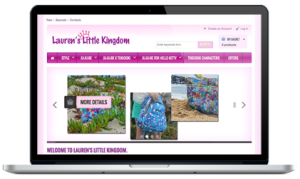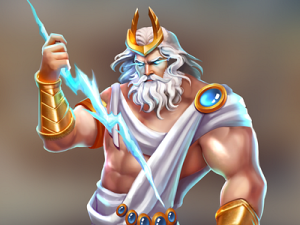The Complete Guide to Sticker Printing: Transform Your Ideas into Sticky Success

Stickers have become an indispensable tool for businesses, artists, and DIY enthusiasts alike. Whether you’re looking to promote your brand, decorate your space, or simply have fun with some creative projects, stickers offer a versatile and cost-effective solution. This guide will walk you through the entire sticker printing process, from initial design to final production.
Why Choose Stickers?
Before we dive into the nitty-gritty, let’s explore why stickers are so popular:
- Versatility: Stickers can be used for branding, product labeling, promotional giveaways, and personal projects.
- Affordability: Compared to other marketing materials, stickers are relatively inexpensive, especially when ordered in bulk.
- Customizability: With endless possibilities in shapes, sizes, and designs, stickers can be tailored to fit any need or preference.
Step 1: Designing Your Stickers
Creating an appealing design is the first step in the sticker printing process. Here are some key tips:
- Define Your Purpose: Determine the purpose of your stickers—whether for marketing, labeling, or personal use. This will guide your design choices.
- Use High-Quality Images: Ensure your images are at least 300 DPI to avoid pixelation and maintain a professional look.
- Select the Right Software: Tools like Adobe Illustrator, Photoshop, or Canva can help you create detailed and polished designs.
- Consider Shape and Size: Decide on the shape and size of your stickers. Custom shapes can make your stickers more unique and eye-catching.
- Add a Border: Including a border around your design can enhance visibility and aid in the cutting process.
Step 2: Choosing the Right Materials
The material you select will impact the durability and appearance of your stickers. Here are some common options:
- Vinyl: Known for its durability and weather resistance, vinyl is ideal for outdoor use, bumper stickers, and long-lasting applications.
- Paper: Perfect for indoor use, paper stickers are economical and suitable for product labeling and packaging.
- Clear: Clear stickers offer a sleek look and are great for window decals and minimalist designs.
- Specialty Materials: For something unique, consider holographic, metallic, or glitter paper to make your stickers stand out.
Step 3: Printing Methods
Selecting the right printing method is crucial for achieving the desired quality. Here are the most common methods:
- Inkjet Printing: Best for small batches and home use, inkjet printers offer high-quality color prints. Ensure you use inkjet-compatible materials.
- Laser Printing: Ideal for larger batches, laser printers provide crisp, clean prints and are more cost-effective in the long run.
- Professional Printing Services: For top-tier quality, consider professional printing services. Options include digital printing, screen printing, and offset printing, each suited to different needs and budgets.
Step 4: Cutting and Finishing
The final stage in sticker production involves cutting and finishing. Here’s how to do it:
- Cutting Machines: For intricate designs and large quantities, machines like Cricut or Silhouette offer precision and efficiency.
- Hand Cutting: For simpler shapes or smaller batches, hand cutting with scissors or a craft knife is a practical option.
- Lamination: To enhance durability, especially for stickers exposed to the elements, consider laminating your stickers. This adds a protective layer, making them waterproof and UV-resistant.
Practical Applications
Stickers are incredibly versatile. Here are some practical ways to use them:
- Branding: Custom stickers with your logo can enhance your packaging, promotional materials, and merchandise.
- Event Decor: Use stickers to personalize party favors, invitations, and decorations for events.
- Personal Expression: From laptop decals to planner stickers, let your personality shine through custom designs.
- DIY Projects: Stickers are perfect for scrapbooking, journaling, and other craft projects.




